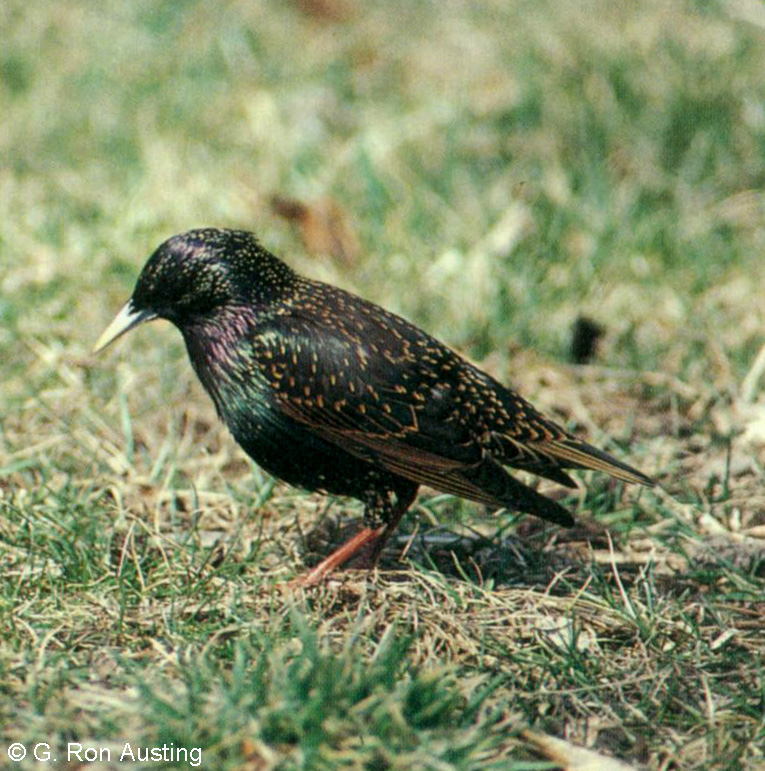 Fish and Wildlife Toxicology
Fish and Wildlife Toxicology 
Lab Syllabus
Fish and Wildlife Toxicology
This class will provide undergraduate and graduate students "hands on" experience in conducting standardized toxicity tests with one or more aquatic species, summarizing and analyzing toxicity data with particular emphasis on dose response curves and associated statistics, comparing toxicity among chemicals and species, and writing up results in the form of a manuscript for publication in the Bulletin of Environmental Contamination and Toxicology. Studies in 2010 will focus on the interactions between pesticides: (1) the toxicity to juvenile salmonids of two insecticides, carbaryl and imidacloprid, with different modes of action, cholinesterase inhibition and acetylcholine receptor stimulation, respectively and (2) the toxicity to juvenile salmonids of pesticide cocktails found in urban streams. Carbaryl is currently used to control burrowing shrimp in Willapa Bay and Gray's Harbor, Washington, and imidacloprid is being tested as an alternative to carbaryl for this purpose. During this period of testing, the two pesticides will be applied to different mudflats with burrowing shrimp, but likely at the same time. Students will examine the interactions between the two pesticides in terms of their toxicity to juvenile rainbow trout. Students will examine the interactions between two cholinesterase inhibitors, the insecticides diazinon and malathion in juvenile rainbow trout, in terms of the resulting inhibition of brain cholinesterase activity, an enzyme essential for normal nerve function. They will be expected to become proficient in conducting the chemical exposures as well as brain cholinesterase (carbaryl) assays under "good laboratory practices" (GLP). Results will be used to better assess the potential hazard environmental concentrations of the two pesticides pose to juvenile salmonids. Research conducted by participating students will further our understanding of the effects of pesticides on non-target aquatic resources and contribute to the associated scientific literature while providing a rewarding learning experience. Interested students will be encouraged to continue with independent undergraduate research or senior projects, and/or assist with ongoing graduate level research on this topic. Concurrent enrollment in the lecture for FISH 455/ESRM 457 is required.
Each laboratory section will consist of 4-8 students. Students within each section will function as a research team. Students will work as a team in all aspects of the class including literature review, conduct of the toxicity tests, maintenance of the laboratory notebook, data analysis, and manuscript preparation. The goal is is to conduct research sufficiently vigorous to be suitable for publication in the peer-reviewed scientific literature with the students as authors.
Pertinent literature, test protocols, etc. will be provided in the class and lab course packets available at the Ave Copy Center, 4141 University Way NE (206) 633-1837
Students will be required to participate in all aspects of the course. Final grades for each student will be based on their attendance (25%), participation (25%), an evaluation of their contribution to the laboratory notebook (25%) and the draft manuscript submitted at the end of the course (25%).
Section A: "Toxicity of Mixtures of Carbaryl and Imidacloprid to Juvenile Rainbow Trout."
Section B: "Toxicity of Mixtures of Diazinon and Malathion to Juvenile Rainbow Trout."
Toxicity Tests
96-h exposures to combinations of two cholinesterase inhibitors following EPA Protocol 850.1075. Acetylcholinesterase activity in brain tissue will be determined at the end of the 96-h toxicity tests.
Test Species
Juvenile rainbow trout (Oncorhynchus mykiss, ca. 10g)
Test Chemicals
Carbaryl (Sevin 80 WSP)
Imidacloprid (Imida 2F)
Diazinon (Diazinon 50 WSP)
Malathion (Malathion Plus)
Tests to be conducted
Experiment 1
Carbaryl LC50 holding Imidacloprid constant (concentration TBD)
Experiment 2 (possibly)
Diazinon holding malathion constant (concentration TBD)
Last modified: 1/18/2010 9:15 PM